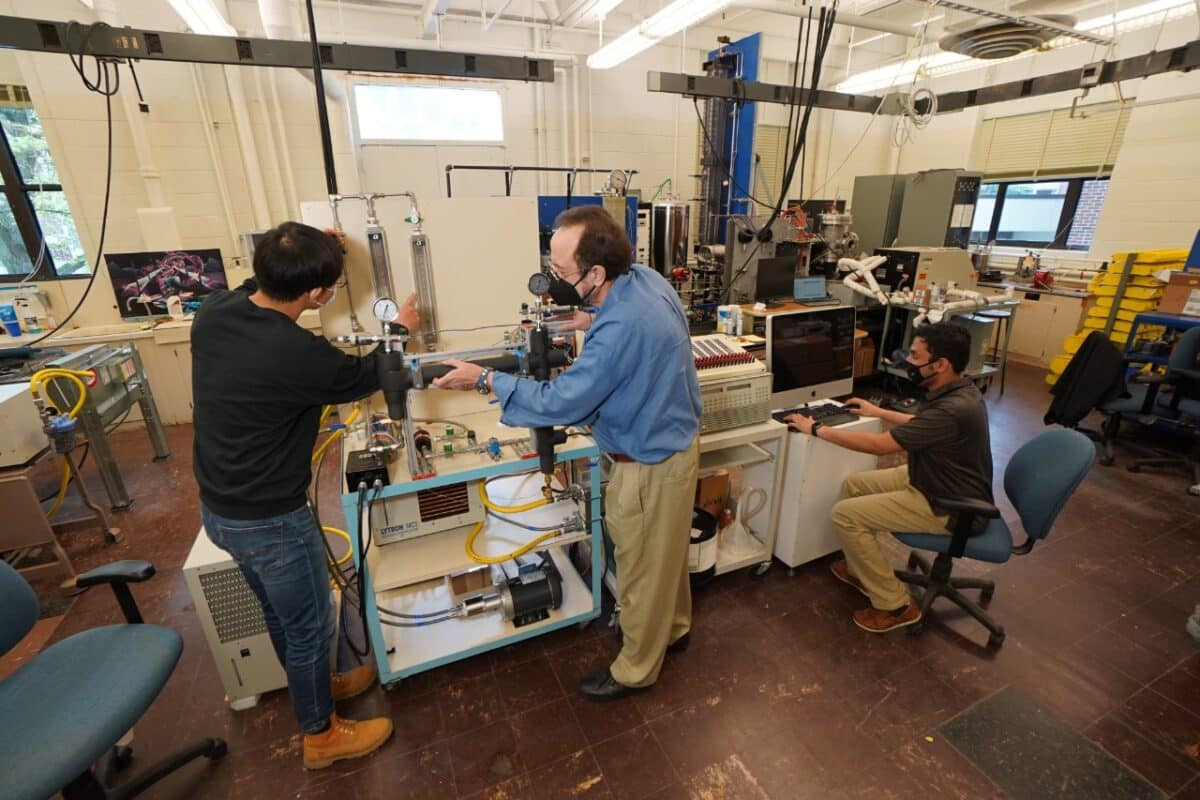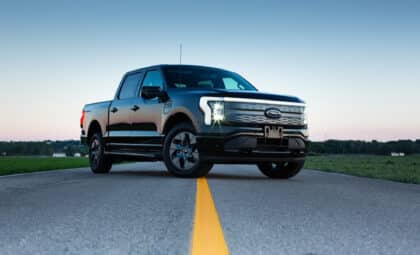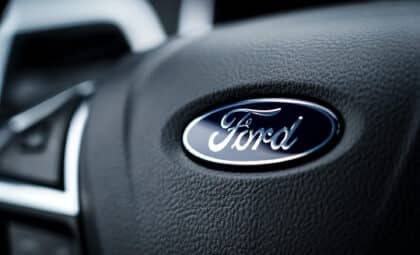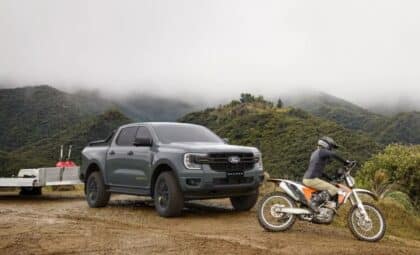
Photo: Ford
Charging times are a common quibble that might keep drivers from making the leap to an electric car sooner rather than later. But Ford Motor Company and Purdue University are looking to fix that issue right quick with a new charging station cable design. According to Purdue researchers, this cable could let you recharge an EV in as little as five minutes.
Ford Leading the Charge: All-new 2022 Ford F-150 Lightning already a smash hit with six-figure reservations
Patent-pending charging cable design nearly five times faster

Photo: Ford
Issam Mudawar, Purdue’s Betty Ruth and Milton B. Hollander Family professor of mechanical engineering, notes that the variance in charging time is one of the major sources of anxiety that might prevent someone from considering an EV. At a DC fast-charging station, a 2021 Ford Mustang Mach-E would take 45 minutes to go from 10 to 80 percent battery capacity.
The reason charging isn’t faster has to do with the heat generated by electrical current. Too much current increases the risk of overheating, which can damage the vehicle and cause safety issues.
But Purdue researchers, with Ford’s help, are looking to get around that issue with a new patent-pending cable design. This new cable uses liquid as a cooling agent, which allows the cable to handle greater current without the risk of overheating.
According to Purdue, the cable design can put out 4.6 times the current of the best EV chargers currently available on the market. Mudawar and his students have yet to test the prototype on a vehicle, but lab testing suggests that the cable would allow a vehicle to charge to full capacity in just five minutes.
Purdue partnership puts Ford at the cutting-edge of charging tech
Developing the prototype is part of a strategic partnership between Purdue and Ford. The automaker will continue to support Mudawar and his students as they hope to test the prototype on EVs within the next two years. Mudawar also hopes that liquid-to-vapor cooling will find applications in the aerospace and defense industries.
“The research that we are conducting in a project such as this is really advanced, and we view it as a benefit for us, the future of charging electric vehicles and as a pipeline to young talent — and we’ve seen success in doing this,” said Ted Miller, Ford’s manager of electrification subsystems and power supply research. “Students get engaged, they like the work they’re doing, and it’s a sustained investment in their laboratories, while helping us solve problems.”
The next two years will also be critical for Ford as it seeks to become the industry’s out-front EV leader. Joining the Mustang Mach-E next spring is the F-150 Lightning, the all-electric truck that’s currently sitting at more than 160,000 reservations. Ford will continue to expand its all-electric offerings in the months ahead, and it will likely eventually roll out EV versions of popular vehicles like the Explorer and Bronco.
Kyle S. Johnson lives in Cincinnati, a city known by many as “the Cincinnati of Southwest Ohio.” He enjoys professional wrestling, Halloween, and also other things. He has been writing for a while, and he plans to continue to write well into the future. See more articles by Kyle.









